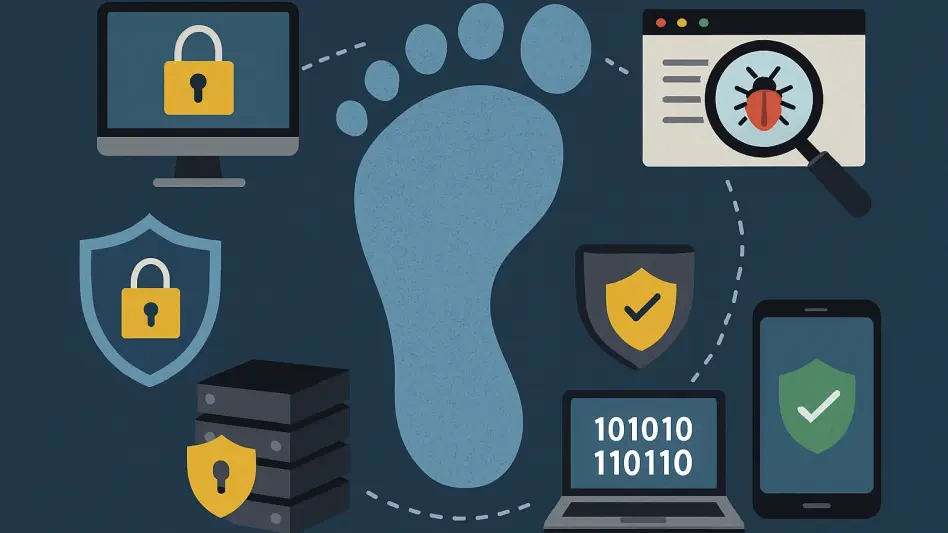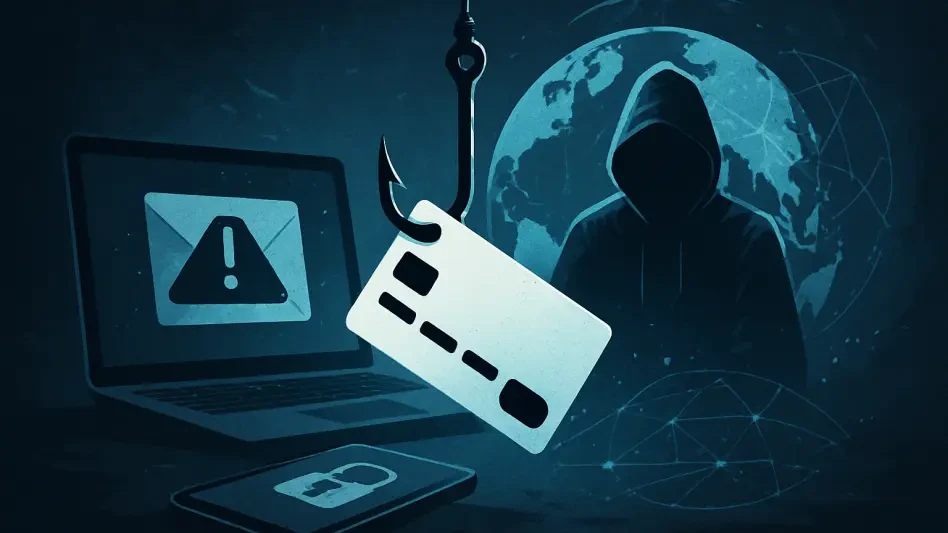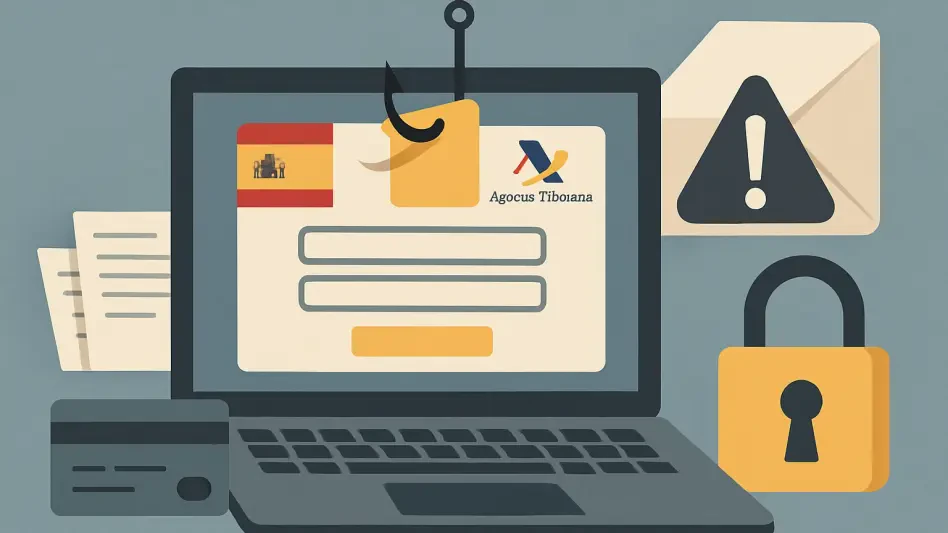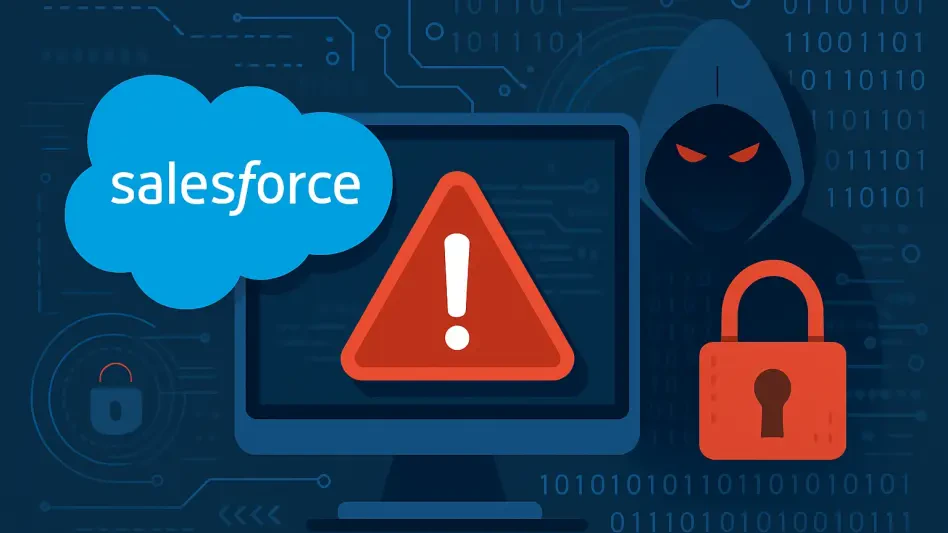In recent years, the rise in sophisticated spear-phishing campaigns has elevated financial executives to primary targets for cybercriminals. These professionals, crucial to global financial operations, have become increasingly susceptible to cyber threats as hackers uncover innovative methods to exploit their roles. This trend underscores the need for enhanced awareness and security measures among industry professionals. A malicious operation targeting financial professionals was recently exposed, illustrating the evolving tactics in cyberattacks. The operation, uncovered by Trellix’s Advanced Research Center, demonstrates how phishing methods have become intricately designed to deceive even the most tech-savvy executives across various sectors, including banking, energy, and investment, spanning several geographical regions.
Cyber Attack Tactics: Impersonation Strategies
Detailed Attack Simulation
Spear-phishing campaigns are becoming increasingly personalized as attackers craft emails that convincingly mimic legitimate communications. In the case of the aforementioned operation, cybercriminals impersonated a Rothschild & Co recruiter. The attackers crafted emails offering a “confidential leadership opportunity.” This guise was designed to lure financial executives into clicking malicious links under the assumption of career advancement. Exploiting the human element—curiosity and ambition—these attackers maximize the odds of engagement with their phishing emails. Victims received an email with the subject “Rothschild & Co leadership opportunity (Confidential),” containing a link that appeared to be a PDF file.
The phishing link redirected to a Firebase-hosted page demanding completion of a novel math CAPTCHA, engineered to bypass robust security measures like Cloudflare Turnstile and Google reCAPTCHA. Successfully navigating this hurdle granted access to a ZIP file download. Once extracted, the file revealed a VBS script triggering the installation of remote access software without the victim’s knowledge. Using a multi-layered tactic, capitalizing on software typically employed for legitimate purposes, these incursions have become adept at avoiding detection by traditional security systems. As ransomware groups and nation-state actors increasingly adopt such advanced methodologies, they blur the lines between bona fide digital tools and illegal exploits, complicating attribution and counteraction.
Leveraging Trusted Tools for Malicious Ends
A stark feature of this campaign is its utilization of legitimate software for malicious purposes, specifically employing tools like NetBird and OpenSSH. This tactic emphasizes a troublesome trend where trusted applications are repurposed by cyber adversaries to facilitate unauthorized access. This strategy is particularly concerning as it not only allows attackers to breach systems but also complicates the detection process for security teams. The deployment of these tools is part of a broader strategy that highlights how threat actors are pivoting from traditional methods to more complex attack vectors. Once the executed VBS script establishes a foothold on the victim’s system, it creates a surreptitious local admin account with pre-set credentials.
Additionally, the attack framework includes enabling Remote Desktop Protocol (RDP) with specific firewall settings, establishing persistence through scheduled tasks post-reboot, effectively securing the attacker’s long-term access to the compromised system. These methods underscore how cybercriminals are innovating ways to maintain and extend their access covertly while minimizing the risk of detection. Defensive measures become crucial with this seamless integration of illicit intentions with legitimate tools, demanding an evolution in cybersecurity protocols to adapt to this shifting landscape.
Defensive Measures: Mitigation and Awareness
Enhancing Security Protocols
To combat these evolving threats, organizations must prioritize the deployment of robust security systems and cultivate a culture of vigilance among financial executives. Implementing advanced Endpoint Detection and Response (EDR) solutions serves as a frontline defense against such spear-phishing campaigns. These tools provide comprehensive monitoring capabilities and the ability to detect anomalous script executions indicative of a breach attempt. Regular auditing of MSIExec activity and vigilant tracking of newly established local accounts are recommended practices to preemptively identify and neutralize threats. Encouraging a security-centric mindset among executives—by emphasizing the importance of skepticism toward unsolicited recruitment emails and scripts originating from unknown sources—further fortifies defenses.
As spear-phishing tactics grow more sophisticated, fostering an ecosystem where suspicion is not only permissible but encouraged becomes crucial. This proactive approach empowers executives to spot and report potential threats swiftly, significantly reducing vulnerability windows. Educating executives on recognizing the subtle tell-tale signs of phishing attempts beneath seemingly benign facades is integral to thwarting malicious incursions at the outset.
Looking Forward: New Horizons in Cyber Defense
Spear-phishing campaigns are evolving to be highly personalized as cybercriminals craft emails that closely imitate genuine communications. In a recent case, attackers impersonated a recruiter from Rothschild & Co. They sent emails promoting a “confidential leadership opportunity,” aiming to lure financial executives into clicking harmful links by promising career growth. This strategy exploits human traits like curiosity and ambition, increasing engagement with these deceitful emails. The victims received emails titled “Rothschild & Co leadership opportunity (Confidential),” which contained a link supposedly leading to a PDF. However, this link redirected users to a Firebase-hosted page requiring completion of a unique math CAPTCHA, designed to bypass security tools such as Cloudflare Turnstile and Google reCAPTCHA. Success led to a download of a ZIP file, which, upon extraction, contained a VBS script initiating the installation of remote access software without the user’s awareness.








